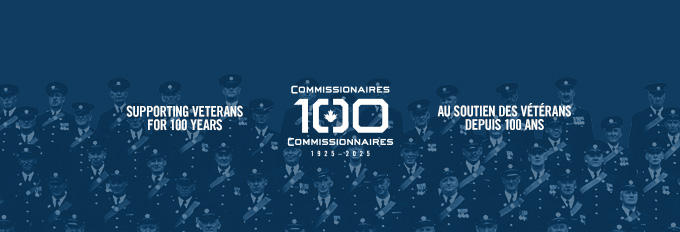
CANADIAN WAR MUSEUM—AN19710261-0429; AN19710261-0427; AN19710261-0428
Above: The three panels of Gerald Moira’s triptych of No. 3 Stationary Hospital near Doullens, France.
In the early years of the Canadian War Memorial Fund (CWMF), Lord Beaverbrook turned to British artists to document Canadian subjects in World War I. It had upset him that Canadian achievements, like the Second Battle of Ypres in April 1915, had gone visually unrecorded. Ultimately the CWMF included more than 100 artists and Gerald Moira was keen to join their ranks.Moira was born Giraldo Eduardo Lobo de Moura in 1867 in London, England.
His father was a successful miniatures painter, and provided the early training and the artistic environment that helped shape his son’s life. Moira entered the School of the Royal Academy of Arts at Burlington House and later taught at the Royal College of Art in South Kensington. While there he followed up on his desire to contribute to the CWMF.
In 1917, he wrote that he would “certainly like to go to France…. I should like to know the conditions under which artists are sent to the Front. I would like the opportunity to do Decorative paintings of the war for the nation…now is the time to collect impressions and details…. It is positively essential that the country should have memorials of the war….”
Moira ended up contributing two large works to the CWMF, both of which are in the art collection at the Canadian War Museum. The first was of the Canadian lumbermen who had been shipped to England to cut timber for the war effort. The second was quite unusual. Moira created a triptych of No. 3 Stationary Hospital which in 1918 was located in a 15th century French château outside Doullens. An oil painting on three panels, it measures 10 feet by 22 feet. The left panel depicts convalescence, a time to heal. The centre and largest panel illustrates the receiving room. In it, a statue of the virgin and child above the busy composition adds serenity and benediction to the healing below. The right panel shows the wounded being evacuated to a base hospital.
The influence of the Pre-Raphaelites–romantic English art that began in the middle of the 19th century–is obvious in the painting. The combination of that romantic style with the choice of a triptych lends the work a gentle spirituality that is perfect for the subject.
The hospital was located in Boulogne, France, before it was moved to the château near Doullens. In May 1918, two surgeons, three nursing sisters, four patients and 16 orderlies were killed when the château was bombed.
Prior to WW I, Moira had created lunettes or panels for 17 ships, six of which were lost at sea. After the war, he continued creating paintings, panels and stained glass for various churches in London, England. He died in 1959.
Email the writer at: writer@legionmagazine.com
Email a letter to the editor at: letters@legionmagazine.com
Many of the Canadian War Museum’s holdings are available in reproduction at affordable prices. For more information, contact Image Reproduction Services, Canadian War Museum, 1 Vimy Place, Ottawa, ON K1R 0C2; tel: 1-819-776-8686; fax: 1-819-776-8623; e-mail: Imageservices@warmuseum.ca
Advertisement


















